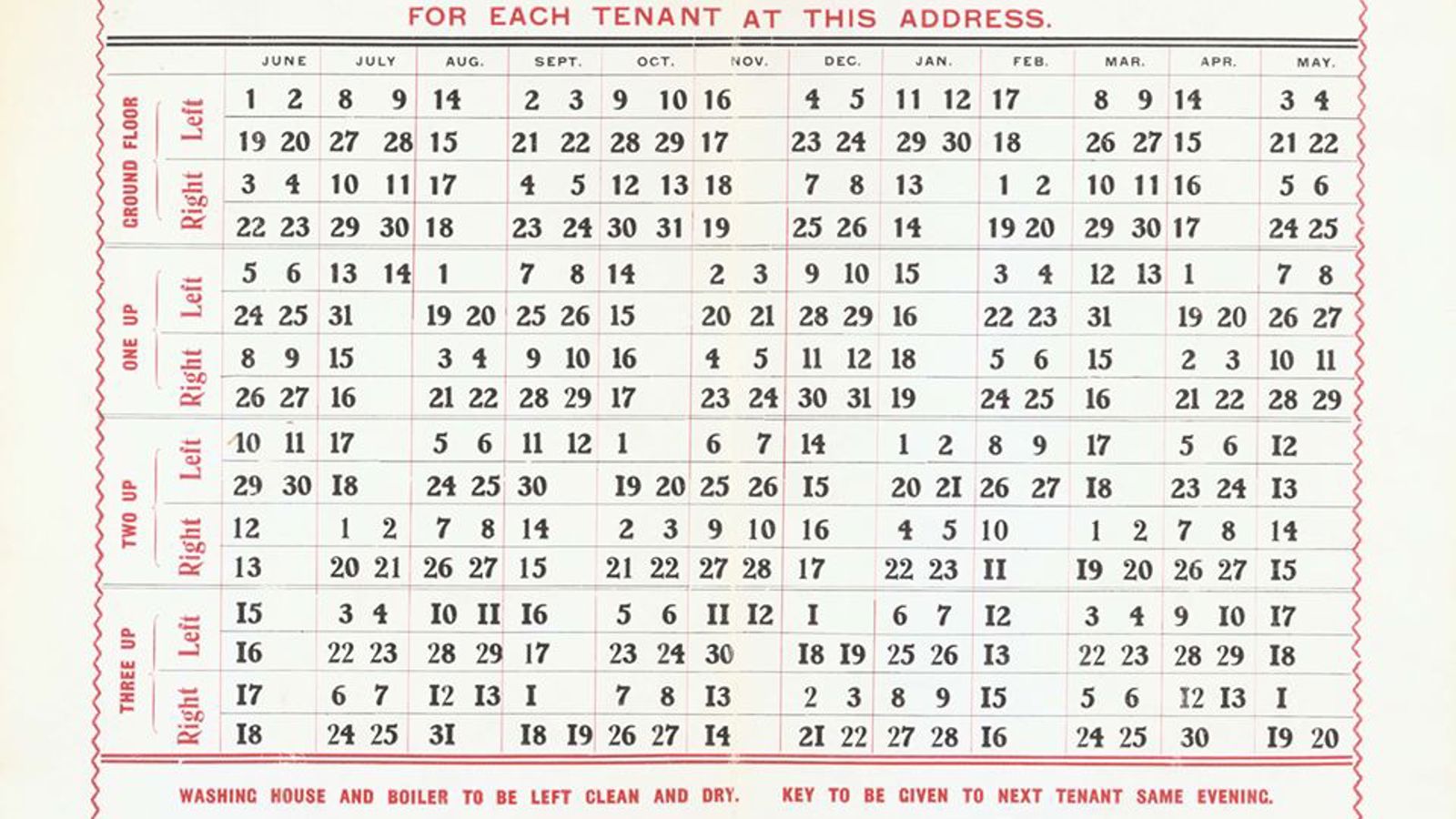Ask the Archivist - Baths and wash-houses

Our next topic was one close to many people's hearts: baths and wash-houses! The Q&A is below. You can also read a feature about these records in the Glasgow Times.
Q1: What can you tell us about early public wash-houses and drying greens in Glasgow?
Glasgow Council established a public wash-house in Glasgow Green in 1732 and there were various drying greens in the city, including one on the Green itself. Other washing greens emerged including the North Parish Green, which was founded in 1792. Similar rates for washing clothes were charged at each establishment and the clothes were dried in the open air. A small charge was made for those dried on the Green, although clothes washed at home could be dried there without charge.
Q2: Where were Glasgow’s first public baths?
The first public baths were opened in the city in 1804 by William Harley. A manufacturer of turkey-red gingham, he purchased Sauchy Hall (renamed Willowbank House) and its estate in Blythswood in 1802. Harley began to collect water from springs in his grounds and send the casks by horse-drawn carts to help meet the demands of a growing population for fresh drinking water. A few years later he opened public baths with four pools on the road leading from the city to the pleasure gardens he laid out on the estate. The road was later named Bath Street. William Harley went bankrupt in 1815.
Q3: How did the Council react to the need to provide public baths?
After the demise of the Harley Baths in 1816 the Council considered the advisability of providing additional bathing facilities for Glasgow’s large manufacturing community. It was agreed that public baths should be established for the use of working classes, as well as the more affluent. With this in mind the superintendent of public works constructed a model for floating baths to be placed on the river, similar to those on the Thames and the Seine. Sadly, these baths were never built!
Q4: How did the Council use its powers to establish baths and wash-houses?
While Glasgow obtained powers to establish public baths and wash-houses under the 1866 Police Act, it did not begin to use these powers until 1869. This was a few years after the introduction of a water supply from Loch Katrine and the commencement of the operations under the first Improvement Act (1866), which was at the forefront of public health reform. These developments shaped when the initial steps were taken for the establishment of public baths and wash-houses in the city.
Q5: What was Glasgow’s first municipal swimming pool?
In 1876 the old public washing-house on Glasgow Green was removed to make way for the erection of the first establishment known as the Greenhead Baths and Wash-house, opened in 1878. The baths had 2 swimming pools, one for gentlemen and a much smaller one for ladies (and boys on certain days), 27 private baths for gentlemen and 7 for ladies. The wash-house had accommodation for 40 washers. It was quickly followed by Woodside, Cranstonhill, Townhead and Gorbals.
Q6: How many municipal baths and wash-houses were there?
By 1914 there were 23 such establishments and in 1975, when the department transferred to Glasgow District Council, it was responsible for 26 public baths.
Q7: How may private baths were in the city?
There were several private baths in the city. Arlington Baths, founded 1870, is the oldest in the UK. Other baths include the Western (1876), Victoria (1878), Pollokshields (1883) and Dennistoun (1884). Each pool had diving boards and gymnastic equipment and contained Turkish baths, reading and recreation rooms.
Q8: How were public washing facilities used?
Women often continued to use public facilities for washing clothes even in localities where every tenement had its wash house and drying court. They preferred to carry their loads on a day and hour that suited them to washing in their own kitchens, or being bound to wash at intervals and on days - perhaps wet days - determined by other people (the wash-house rota).

